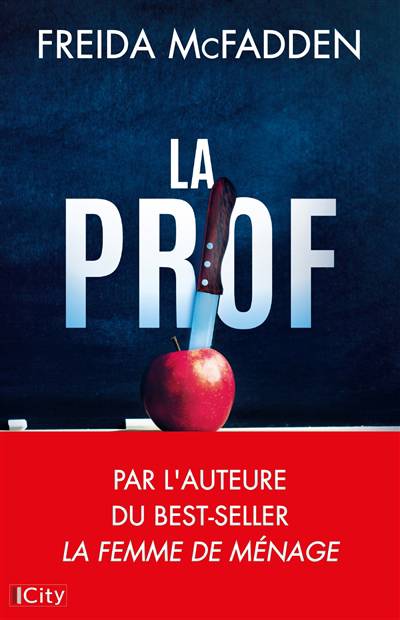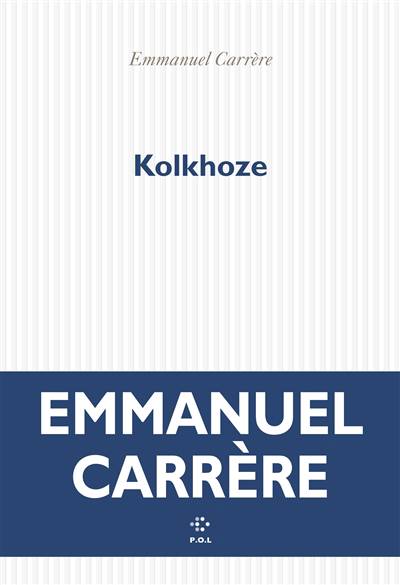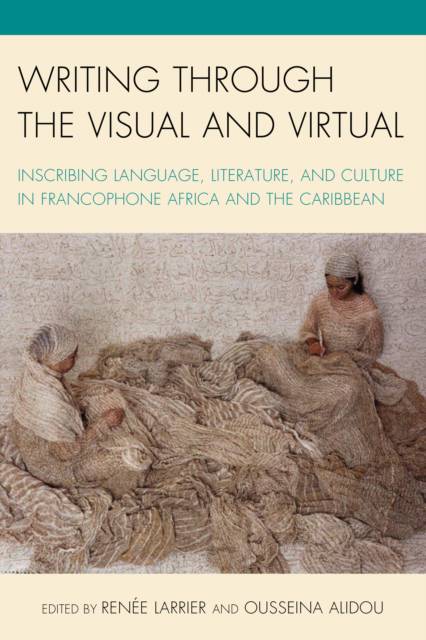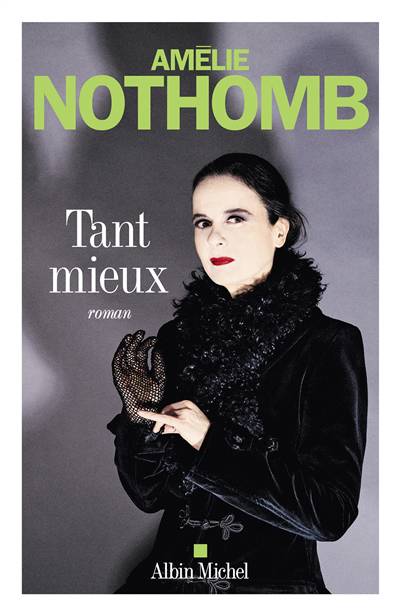
- Retrait gratuit dans votre magasin Club
- 7.000.000 titres dans notre catalogue
- Payer en toute sécurité
- Toujours un magasin près de chez vous
- Retrait gratuit dans votre magasin Club
- 7.000.0000 titres dans notre catalogue
- Payer en toute sécurité
- Toujours un magasin près de chez vous
Writing through the Visual and Virtual
Inscribing Language, Literature, and Culture in Francophone Africa and the Caribbean
93,45 €
+ 186 points
Description
Introduction: Traditions of Literacy by Renée Larrier andOusseina D. Alidou Part I: Visual and Verbal Artistry: Texts and Text[iles] as Epistemology
Chapter 1: Embodying African Women's Epistemology: International Women's Day Pagnes in Cameroon; Bertrade Ngo-Ngijol Banoum and Anne Patricia Rice
Chapter 2: Reading the Téra-tera: Textiles, Transportation, and Nationalism in Niger's First Republic; Amanda Gilvin
Chapter 3: Becoming Griot: Righting Within a Minor Literature; Oumar Diogoye Diouf
Chapter 4: Research on Droughts and Famines in the Sahel: the Contribution of Oral Literature; Boureima Alpha Gado Part II: Body Language/Writing [on] the Body
Chapter 5: Transgressive Embodied Writings of KAribbean Bodies in Pain; Gladys Francis
Chapter 6: Alhaji Roaming the City: Gender, HIV-AIDS and the Performing Arts; Ousseina D. Alidou
Chapter 7: Writing on the Visual: Lalla Essaydi's Photographic Tableaux; Donna Gustafson
Chapter 8: Angles of Representation: Photography and the Vision of al Misriyya [the Egyptian] in Women's Press of the Early Twentieth Century; Fakhri Haghani Part III: Inscribing Popular Culture
Chapter 9: Representing Adolescent Sexuality in the Sahel; Barbara Cooper
Chapter 10: There's More Than One Way to Make a Ceebu-Jën: Narrating West African Recipes in Texts; Julie Huntington
Chapter 11: Reclamation of the Arena: Traditional Wrestling in West Africa; Bojana Coulibaly
Chapter 12: Ritual Celebrations: Context of the Development of New African Hybrid Cultures; Jean-Baptiste Sourou
Chapter 13: Simmering Exile; Edwidge Sylvestre-Ceide Part IV: Language, Literacy, and Education
Chapter 14: Writing, Learning and Teaching Material for Early Childhood Cultures: from Africa to a Global Context; Rokhaya Fall Diawara
Chapter 15: Orthographic Diversity in a World of Standards: Graphic Representations of Vernacular Arabics in Morocco; Becky Schulthies
Chapter 16: The Polyphonous Classroom: Discourse on Language-in-Education on Reunion Island; Meghan Tinsley
Chapter 17: Thundering Poetics/Murmuring Poetics: Doing Things With Words as a Marker of Identity; Laurence Jay-Rayon Part V: Intersections of Text and Image
Chapter 18: Wilson Bigaud's "Les Noces de Cana" [The Wedding at Cana]or the Meeting of Colonial Heritage and Ancestral Traditions in Haitian Naive Art; Jean Hérald Legagneur
Chapter 19: Tourist Art: A Tracery of the Visual/Virtual;Gabrielle Civil. Images by Vladimir Cybil Charlier
Chapter 20: Religious Iconography in the Daily Life of the Senegalese; Abdoulaye Elimane Kane
Chapter21: West African Culture in Animation: the Example of "Kirikou"; Maha Gad El Hak Part VI: Literature, Gender, and Identity
Chapter 22: Power and Patriarchy: Sexual Violence and Sexual Exploitation in the Francophone and Hispanophone Caribbean Represented in Marie Vieux-Chauvet's Amour, colère et folie, Simone Schwarz-Bart's Pluie et vent sur Télumée Miracle, Rosario Ferré's "La Bella Durmiente," and Nelly Rosario's El canto del agua;Phuong Hoang
Chapter 23: La Mulâtresse During the Two World Wars: Race, Gender, and Sexuality in Suzanne Lacascade's Claire-Solange, âme-africaine and Mayotte Capécia's Je suis Martiniquaise; Nathan H. Dize
Chapter 24: Inscriptions of Nature from Guadeloupe, Haiti, and Martinique; Anne Rehill
Chapter 25: The Politics of Writing As a Space to Shape Identity(ies); Khady Diène
Chapter 1: Embodying African Women's Epistemology: International Women's Day Pagnes in Cameroon; Bertrade Ngo-Ngijol Banoum and Anne Patricia Rice
Chapter 2: Reading the Téra-tera: Textiles, Transportation, and Nationalism in Niger's First Republic; Amanda Gilvin
Chapter 3: Becoming Griot: Righting Within a Minor Literature; Oumar Diogoye Diouf
Chapter 4: Research on Droughts and Famines in the Sahel: the Contribution of Oral Literature; Boureima Alpha Gado Part II: Body Language/Writing [on] the Body
Chapter 5: Transgressive Embodied Writings of KAribbean Bodies in Pain; Gladys Francis
Chapter 6: Alhaji Roaming the City: Gender, HIV-AIDS and the Performing Arts; Ousseina D. Alidou
Chapter 7: Writing on the Visual: Lalla Essaydi's Photographic Tableaux; Donna Gustafson
Chapter 8: Angles of Representation: Photography and the Vision of al Misriyya [the Egyptian] in Women's Press of the Early Twentieth Century; Fakhri Haghani Part III: Inscribing Popular Culture
Chapter 9: Representing Adolescent Sexuality in the Sahel; Barbara Cooper
Chapter 10: There's More Than One Way to Make a Ceebu-Jën: Narrating West African Recipes in Texts; Julie Huntington
Chapter 11: Reclamation of the Arena: Traditional Wrestling in West Africa; Bojana Coulibaly
Chapter 12: Ritual Celebrations: Context of the Development of New African Hybrid Cultures; Jean-Baptiste Sourou
Chapter 13: Simmering Exile; Edwidge Sylvestre-Ceide Part IV: Language, Literacy, and Education
Chapter 14: Writing, Learning and Teaching Material for Early Childhood Cultures: from Africa to a Global Context; Rokhaya Fall Diawara
Chapter 15: Orthographic Diversity in a World of Standards: Graphic Representations of Vernacular Arabics in Morocco; Becky Schulthies
Chapter 16: The Polyphonous Classroom: Discourse on Language-in-Education on Reunion Island; Meghan Tinsley
Chapter 17: Thundering Poetics/Murmuring Poetics: Doing Things With Words as a Marker of Identity; Laurence Jay-Rayon Part V: Intersections of Text and Image
Chapter 18: Wilson Bigaud's "Les Noces de Cana" [The Wedding at Cana]or the Meeting of Colonial Heritage and Ancestral Traditions in Haitian Naive Art; Jean Hérald Legagneur
Chapter 19: Tourist Art: A Tracery of the Visual/Virtual;Gabrielle Civil. Images by Vladimir Cybil Charlier
Chapter 20: Religious Iconography in the Daily Life of the Senegalese; Abdoulaye Elimane Kane
Chapter21: West African Culture in Animation: the Example of "Kirikou"; Maha Gad El Hak Part VI: Literature, Gender, and Identity
Chapter 22: Power and Patriarchy: Sexual Violence and Sexual Exploitation in the Francophone and Hispanophone Caribbean Represented in Marie Vieux-Chauvet's Amour, colère et folie, Simone Schwarz-Bart's Pluie et vent sur Télumée Miracle, Rosario Ferré's "La Bella Durmiente," and Nelly Rosario's El canto del agua;Phuong Hoang
Chapter 23: La Mulâtresse During the Two World Wars: Race, Gender, and Sexuality in Suzanne Lacascade's Claire-Solange, âme-africaine and Mayotte Capécia's Je suis Martiniquaise; Nathan H. Dize
Chapter 24: Inscriptions of Nature from Guadeloupe, Haiti, and Martinique; Anne Rehill
Chapter 25: The Politics of Writing As a Space to Shape Identity(ies); Khady Diène
Spécifications
Parties prenantes
- Editeur:
Contenu
- Nombre de pages :
- 528
- Langue:
- Anglais
- Collection :
Caractéristiques
- EAN:
- 9781498526340
- Date de parution :
- 06-08-19
- Format:
- Livre broché
- Format numérique:
- Trade paperback (VS)
- Dimensions :
- 152 mm x 229 mm
- Poids :
- 621 g
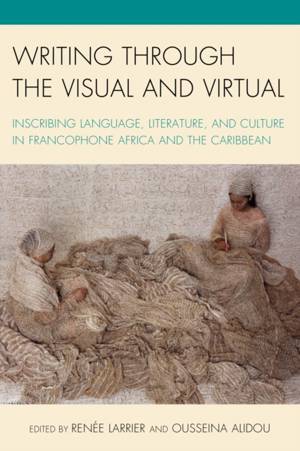
Les avis
Nous publions uniquement les avis qui respectent les conditions requises. Consultez nos conditions pour les avis.


